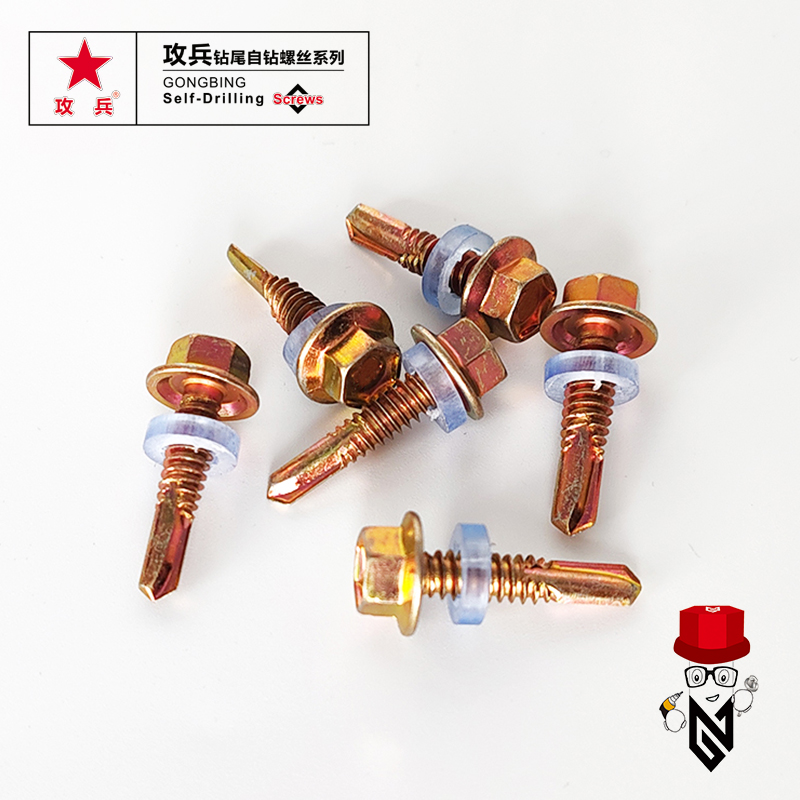Current Trends in Self-Screw Pricing and Market Insights for 2023
Understanding Self-Screw Prices Factors and Market Dynamics
The global marketplace for fasteners, particularly self-screws, has witnessed significant fluctuations in pricing over the past several years. These fluctuations are influenced by a myriad of factors including raw material costs, manufacturing processes, supply chain dynamics, and end-user demand across various industries. In this article, we will delve into the intricacies of self-screw pricing, examining the elements that contribute to market variations and offering insights into how businesses can navigate these changes.
What are Self-Screws?
Self-screws, often referred to as self-tapping screws, are designed to cut their own threads as they are driven into a material. This unique feature makes them a preferred choice across various applications, particularly in wood, metal, and plastic. Their ability to create a strong bond while simplifying the fastening process leads to increased efficiency in manufacturing and assembly.
Key Factors Influencing Self-Screw Prices
1. Raw Material Costs The price of steel, aluminum, and other metals used in the production of self-screws directly impacts their selling price. Fluctuations in the global commodity markets can lead to significant variations in cost. For instance, geopolitical tensions, changes in trade policies, or natural disasters can disrupt supply chains, causing raw material prices to soar.
2. Production Costs The manufacturing process for self-screws involves several stages, including forging, machining, and finishing. Innovations in technology that streamline production can lead to cost savings, while traditional methods may drive costs higher. Moreover, labor costs in manufacturing regions also play a vital role in determining the overall price of self-screws.
3. Supply Chain Dynamics The efficient movement of goods from producers to end-users is critical in determining self-screw prices. Disruptions caused by factors like transportation costs, logistics challenges, and inventory shortages can lead to sudden price hikes. Recent events such as the COVID-19 pandemic have illuminated the fragility of global supply chains, with many manufacturers experiencing delays and increased costs.
4. Market Demand The demand for self-screws is largely driven by industries such as construction, automotive, electronics, and furniture manufacturing. A boom in construction or an uptick in automotive production can significantly increase demand, thereby pushing prices higher. Conversely, an economic downturn can lead to reduced demand and, subsequently, lower prices.
self screw price

5. Import Tariffs and Trade Policies Trade policies and tariffs imposed by governments can have a substantial impact on self-screw prices. For example, increased tariffs on imported fasteners can raise prices domestically, forcing manufacturers to either absorb the costs or pass them on to consumers.
Navigating Pricing Challenges
For businesses that rely on self-screws, understanding pricing dynamics is crucial for budgeting and planning. Here are some strategies companies can adopt to manage costs effectively
- Bulk Purchasing By purchasing self-screws in bulk, companies can often negotiate better rates with suppliers, shielding themselves from sudden price increases.
- Supplier Relationships Building strong relationships with multiple suppliers can provide leverage during price negotiations. Additionally, maintaining a diverse supplier base can mitigate risks associated with supply chain disruptions.
- Market Monitoring Staying informed about global market trends, raw material prices, and economic indicators can equip businesses with the knowledge to forecast and adjust to price changes promptly.
Conclusion
The pricing of self-screws is influenced by a complex interplay of various factors, making it essential for businesses to remain vigilant and proactive. By understanding the market dynamics, companies can better navigate fluctuations in pricing and make informed decisions that help sustain profitability in a competitive environment. Ultimately, keeping an ear to the ground and fostering strong relationships within the supply chain can significantly aid in addressing the challenges posed by self-screw pricing volatility.
-
Weatherproof Plastic Expansion Anchors for OutdoorNewsJun.06,2025
-
Sustainability in the Supply Chain: Eco-Friendly TEK Screws ProductionNewsJun.06,2025
-
Load-Bearing Capacity of External Insulation FixingsNewsJun.06,2025
-
Double Head Bolts: Enhancing Efficiency in Industrial MachineryNewsJun.06,2025
-
Corrosion Resistance in Chipboard Screws: Coatings for Wholesale DurabilityNewsJun.06,2025
-
Butterfly Toggle Bolts : Enhancing Structural ResilienceNewsJun.06,2025
